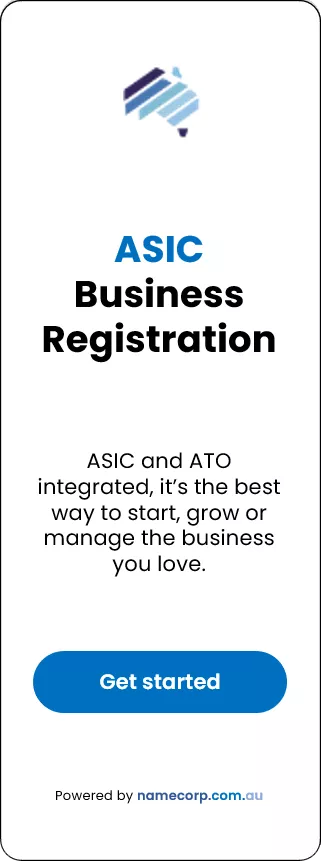Knowing your customers is a crucial facet of your business and promotional strategy. Not all individuals form your possible consumer base. Thus, it is critical to comprehend your target market at the earliest. Enhance your market analysis skills and define your customer clusters for a better understanding.
What Constitutes a Target Market?
A target market is a group of potential consumers for your products or services. You can segment them based on age, location, income, and lifestyle. Identifying your target demographic simplifies deciding how and where to promote your business.
The Necessity of a Target Market
Understanding your consumers is crucial for the prosperity of your business. It helps target those with purchasing power for your merchandise or service, making your approach more effective and cost-efficient.
Applying the law of supply and demand ensures you provide products and services that meet your customers' needs. A thorough understanding of your market aids in marketing to the right consumer group, giving you valuable insights.
- Their geographical presence
- Their preferred media channels
- Their buying habits
Ways to customise your marketing to encourage them to purchase your product or service:
Survey Your Market
Conducting research is crucial for defining your target market. Analysing statistics and market research data helps understand customer needs and informs marketing decisions.
Define Your Market
Determine if your market is sizable and accessible, then categorise it into groups of buyers with similar preferences and buying habits. For example, the athletic footwear industry is divided by gender and activity. Next, identify your market segments and outline your ideal customer for each cluster.
Outline Your Prospective Customers
To effectively outline your prospective customers, take into account the following essential questions that will help you gain a deeper understanding of your target audience:
Who are your potential customers? Identify their demographics, such as age, gender, location, and occupation. Understanding these specifics will allow you to tailor your marketing strategies accordingly.
What are their needs and pain points? Conduct thorough research to identify the challenges and desires of your target audience. This will help you position your products or services as solutions that address their specific requirements.
Where can you find your prospective customers? Determine the channels and platforms your target audience is active on. This knowledge will guide your marketing efforts and enable you to reach out to them effectively.
What are their preferences and behaviours? Study the buying behaviours, preferences, and interests of your potential customers. This insight will enable you to develop relevant and engaging marketing campaigns that resonate with them.
By answering these questions, you will gain valuable insights into your prospective customers, allowing you to craft a focused and impactful marketing strategy that effectively targets your desired audience.
To truly understand customer interests and buying habits, it is crucial to delve into various aspects:
- Motivating factors behind their purchase decisions
- Common interests that unite your customers
- Key decision-makers responsible for buying
- Frequency of product purchases
- Preferences for online shopping versus in-person experiences before buying
- Time invested in the decision-making process
- Trusted media sources for obtaining information within your target segment
- Distance they are willing to travel to make a purchase
- Complementary products they often buy
- Taking a deep dive into these aspects will empower you to gain valuable insights into your customers' behaviour and make informed business decisions.
To effectively promote your product and service, it is crucial to articulate how they align with your marketing objectives.



